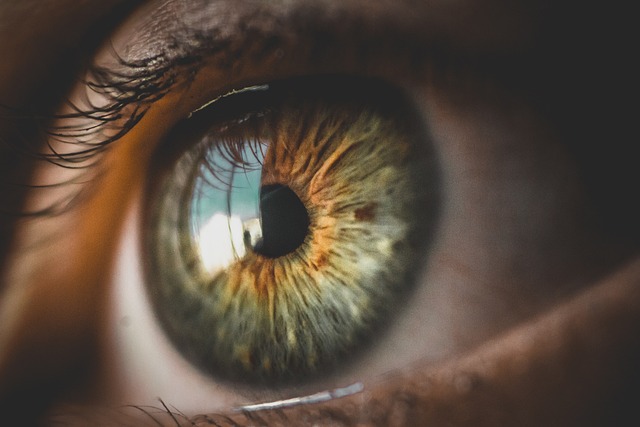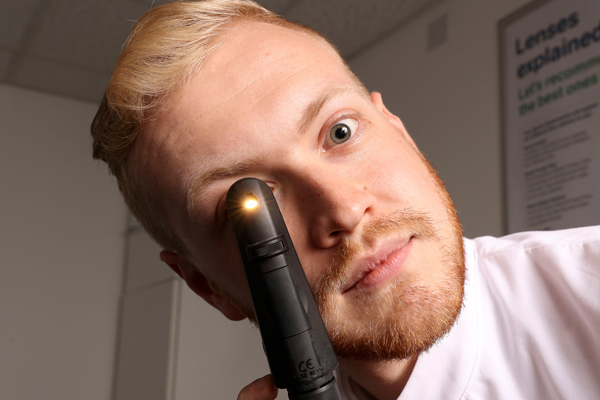Visual disturbance is when you experience a short spell of flashing or shimmering of light in your sight. The symptoms normally last around twenty minutes before your sight returns to normal. Usually, there is no headache during the visual disturbance. A visual disturbance should not be confused with a retinal or ocular migraine where there is a partial or total loss of vision in one eye, normally with a headache.

Visual disturbance is a common condition among people who are affected by migraines, although they can affect anyone.
Visual disturbances tend to be more common in:
Firstly, do not panic; visual disturbances can be frightening, but in most cases are short lived. If you are driving or operating machinery, stop what you are doing and wait for the symptoms to go away. Make a note of your symptoms, how long they lasted and what you were doing just before they began. In most cases, there is a common trigger and keeping a diary of symptoms can help work out what the trigger is. Simply avoiding the trigger, where possible, may be all you need to do.
Common triggers include:
If you are regularly affected by visual disturbance, take the diary of your symptoms to your optometrist for further advice.
If you experience a partial or complete loss of vision or persistent flashing it’s important to see an optometrist or GP, or contact NHS 111 urgently, particularly when it occurs for the first time. Your optometrist or GP will also establish whether you have been affected by a visual disturbance or the less common and more serious retinal migraine.

What are flashes and floaters and how do you treat them?
